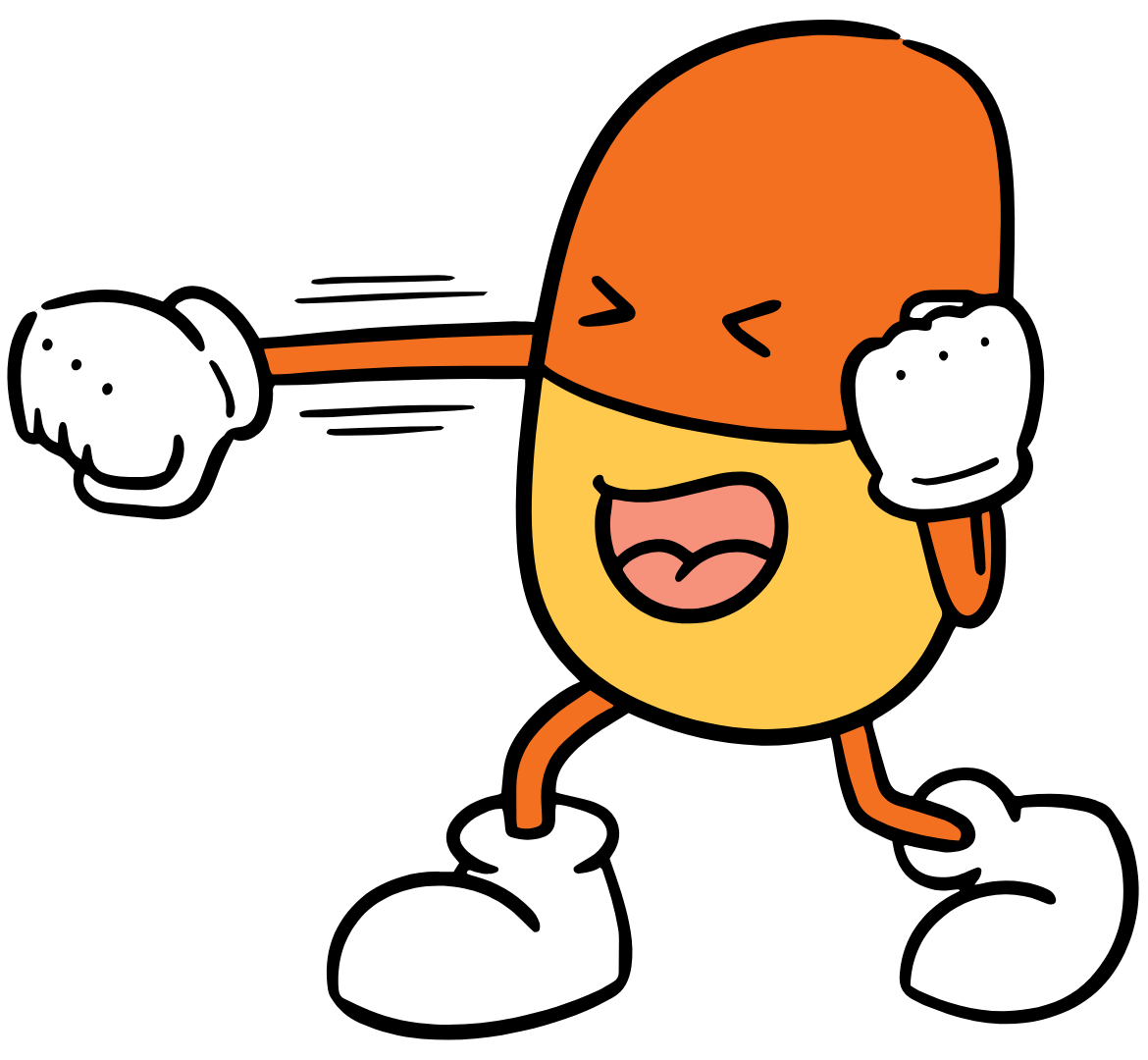How Many Calories Does Skiing Burn?
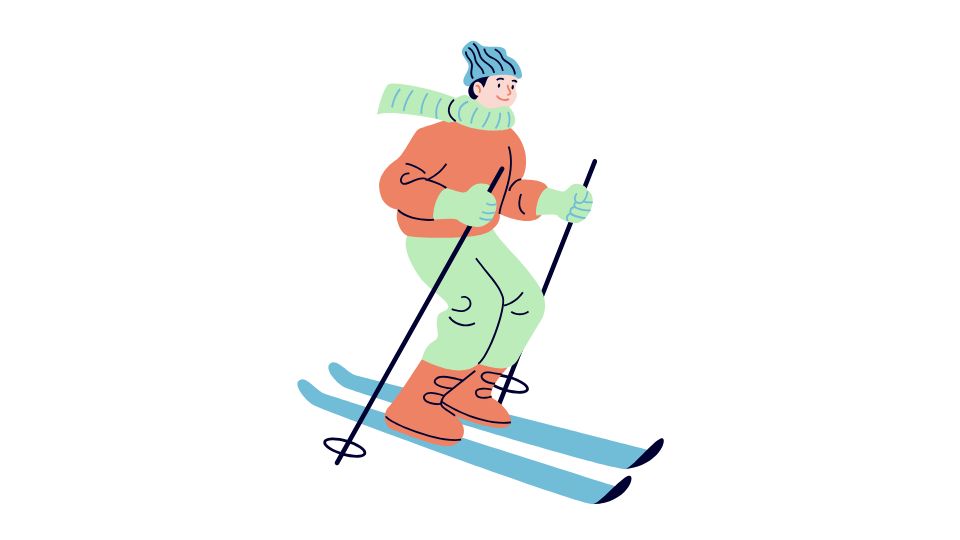
Ever wondered how many calories that epic powder day burned? Or if your cross-country trek justified that extra slice of pizza at the lodge?
Skiing isn’t just an adrenaline rush – it’s also a serious calorie crusher. The number of calories you torch depends on a bunch of factors like what type of skiing you’re doing, how hard you’re pushing, and even your body weight.
On average, downhill skiing burns between 300-500 calories per hour for most people. Cross-country skiing? That’s a whole different ballgame – you’re looking at 600-850 calories per hour because you’re basically doing non-stop cardio.
Let’s break down exactly how many calories you’re burning on the slopes and what affects that number. Because let’s be honest – we all want to know if we’ve earned that après ski beer!
How Many Calories Does Skiing Burn? The Ultimate Breakdown
Types of Skiing and Their Calorie Burn
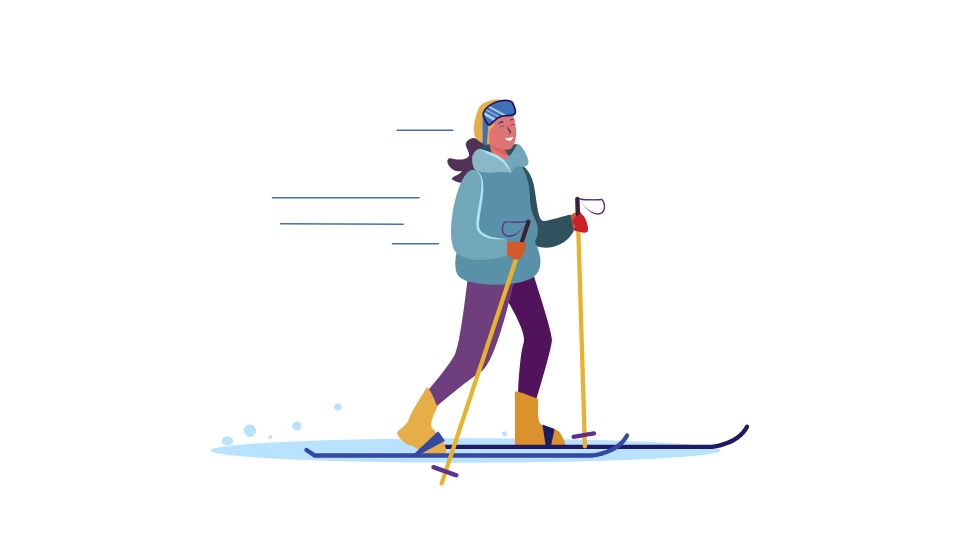
Different skiing styles will torch different amounts of calories:
Downhill Skiing
The classic resort experience burns approximately 360-500 calories per hour depending on your weight and how aggressively you’re skiing. A 150-pound person cruising down blue runs will burn around 360 calories hourly, while someone weighing 180 pounds burns about 434 calories in that same time-frame.
Want to burn more? Hit those moguls or black diamonds! The more challenging the terrain, the higher your calorie burn.
Cross-Country Skiing
This is where the real calorie burning happens. At a moderate 4 mph pace, a 150-pound person can burn around 614 calories per hour, while a 200-pound skier torches about 818 calories. Elite cross-country athletes can actually burn more than 1,300 calories per hour during intense training or racing.
Cross-country is basically like running on snow, but it uses your entire body and burns even more calories!
Backcountry/Ski Touring
Similar to cross-country in terms of effort, backcountry skiing burns roughly 400-700 calories per hour during moderate terrain. But when you’re pushing uphill with all your gear? That number can easily rocket past 1,000 calories per hour.
What Affects Your Calorie Burn While Skiing?
The number of calories you burn skiing isn’t fixed – it depends on a bunch of factors:
Body Weight
Physics don’t lie – moving a heavier body requires more energy. The more you weigh, the more calories you’ll burn doing the exact same skiing activity. That’s why all calorie estimates are based on body weight.
Intensity and Skiing Style
Are you leisurely cruising down groomed greens or aggressively carving through mogul fields? Your skiing intensity dramatically affects calorie burn. According to research from Harvard Medical School, more vigorous skiing can increase calorie burn by up to 60% compared to a relaxed pace.
Terrain and Difficulty
Steeper slopes = more effort = more calories burned. This is especially true when you’re doing uphill sections in backcountry skiing, which can double or even triple your energy expenditure compared to downhill.
Weather and Altitude
Don’t underestimate these factors:
- Cold temperatures force your body to burn extra calories just to stay warm
- Higher altitudes mean less oxygen, making your body work harder for the same activity
- Fresh powder requires more effort to navigate than groomed runs
Your Fitness Level
The fitter you are, the more efficient your body becomes. This is a double-edged sword for calorie burning – you might burn fewer calories doing the same activity as someone less fit, but you’ll be able to ski longer and at higher intensities.
Compare Skiing to Other Activities
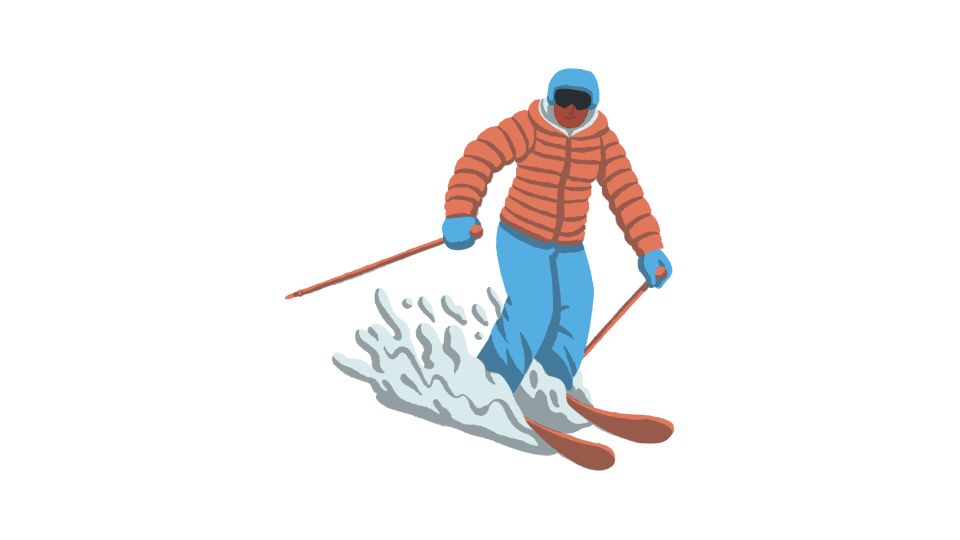
How does skiing stack up against other popular exercises?
- Downhill skiing (300-500 calories/hour) is roughly comparable to hiking or casual cycling
- Cross-country skiing (600-850 calories/hour) burns more than jogging and is similar to running at a moderate pace
- Intense backcountry skiing (1,000+ calories/hour) can rival high-intensity interval training or competitive swimming
How to Burn More Calories While Skiing
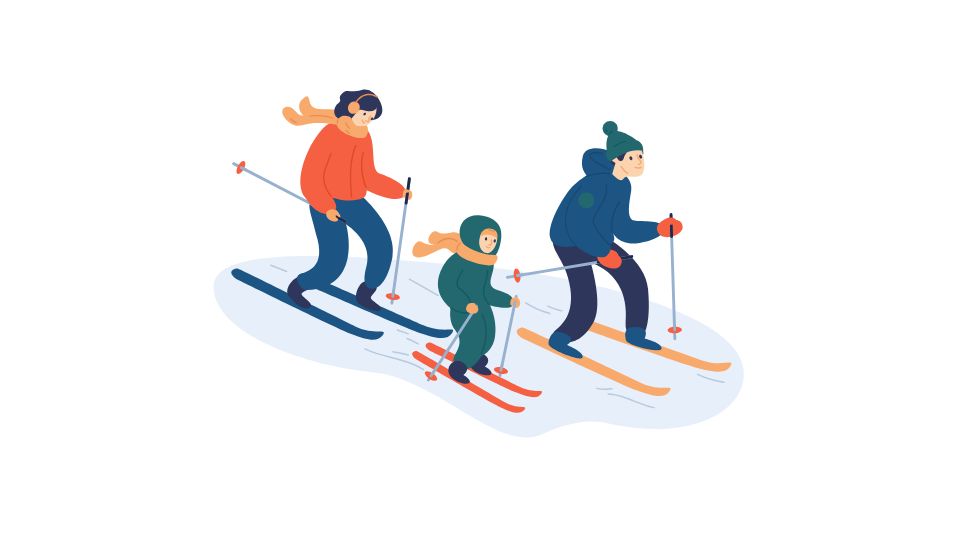
Want to maximize your calorie burn on the slopes? Try these strategies:
- Choose challenging terrain – harder runs mean more calories burned
- Minimize lift time – you only burn significant calories when actively skiing
- Try cross-country or backcountry skiing for maximum calorie burn
- Keep moving – avoid long breaks to keep your metabolism elevated
- Wear a fitness tracker to monitor your actual calories burned
Beyond Calories: The Full-Body Benefits of Skiing
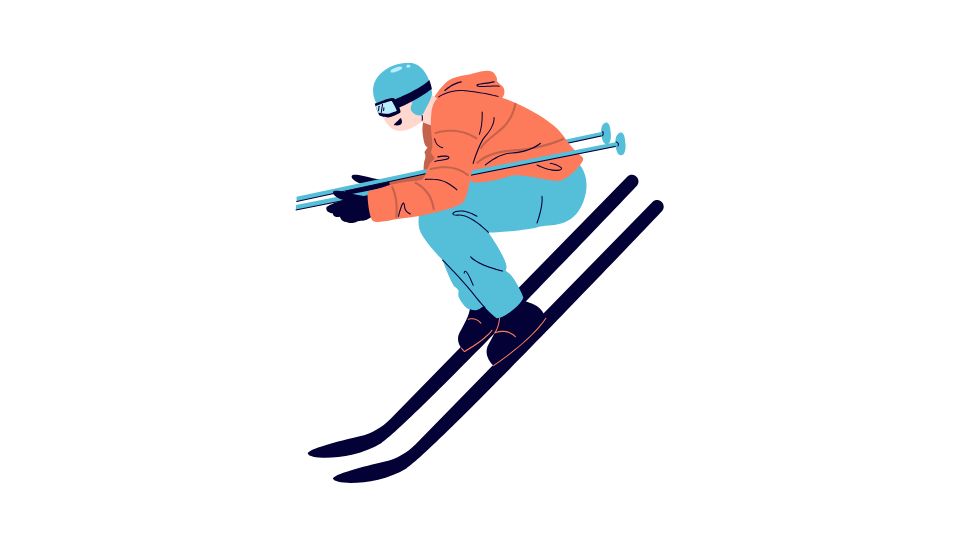
Skiing isn’t just about burning calories – it’s a full-body workout with tons of other benefits:
- Leg strength: Quads, hamstrings, and glutes get an intense workout
- Core strength: Your abs and lower back work constantly to maintain balance
- Flexibility improvement: The dynamic movements enhance your range of motion
- Balance and coordination: Few activities challenge your proprioception like skiing
- Mental health boost: The combination of nature exposure, exercise, and adrenaline creates a powerful mood-elevating effect
Calorie Burn Chart by Weight and Ski Type
| Skiing Type | Calories/Hour (150 lbs) | Calories/Hour (180 lbs) | Calories/Hour (200 lbs) |
|---|---|---|---|
| Downhill (moderate) | 360 | 434 | 482 |
| Cross-country (moderate) | 614 | 736 | 818 |
| Backcountry | 400-700+ | 480-840+ | 530-930+ |
Remember that these are estimates – your actual calorie burn will vary based on all the factors we’ve discussed. Using a heart rate monitor or advanced fitness tracker can give you more personalized data.
In short, skiing isn’t just fun – it’s a serious calorie-burning activity. Whether you’re shredding downhill runs or gliding across cross-country trails, you’re getting an amazing workout while having a blast in the great outdoors.
So next time you’re enjoying that mountain view, remember you’re also getting a killer workout. And yes, you’ve definitely earned that hot chocolate at the lodge!
